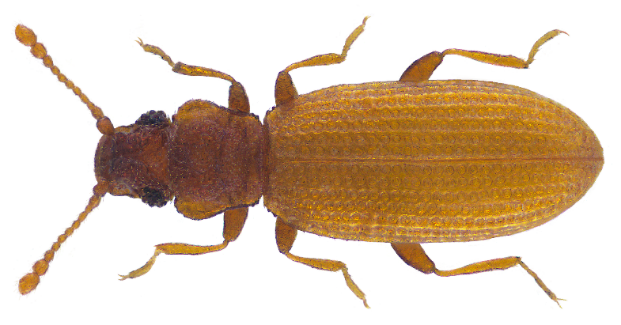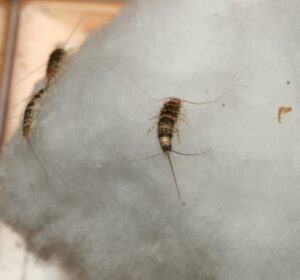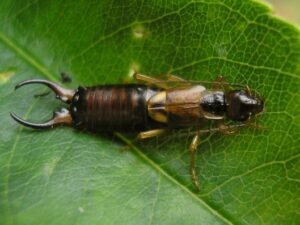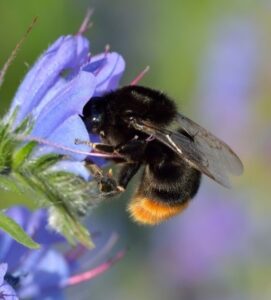Common Plaster Beetle
General Description
| · Adults are small in size, no more than 1.6 mm in length.· It is brown in color. The head has a suture along the midline, and the front half of the thoracic shield has a wide, fairly deep depression. The two terminal segments of the antennae are swollen. There are no hind wings and this beetle cannot fly.
· The larva is whitish and reaches 1.7 and 2 mm when fully grown. · The pupae are cream-colored and about 1 mm (0.04 in) long. |

Credit: Udo Schmidt |
Life Cycle and Common Characteristics
- After mating, the female lays about 20 eggs during its life, singly in suitable spots.
- The development may take about five weeks at 24 °C, and 5 months in colder environments.
- They feed on wet plaster (plaster) used in the manufacture of walls and walls. They also feed on the hyphae and spores of mold growing on the walls, and on poorly-stored products.· These beetles infest damp, poorly ventilated buildings, especially after construction work is completed and before the plaster has completely dried.· Infestation increases in damp walls adjacent to bathrooms, near water taps, drain pipes, windows that are not properly closed, and on moldy wall papers. · It is also considered a secondary pest on stored foodstuffs after being infected with putrefactive fungi.· The life cycle takes 36 days.
- This plaster beetle is found in old warehouses and cellars, places with damp and crumbling plaster, under loose wallpaper, around leaking water pipes and ill-fitting windows, in fact anywhere indoors affected by moulds, which form its main diet.
- The beetles often appear in houses that are being renovated and replastered, especially where wallpaper is applied to the wall before the new plaster has properly dried out.
- They usually take three to four months to appear, but occasionally may take a year.
Damages and Economic & Medical Implications
- It also infests improperly stored products such as moldy bread, grain, cereal products, dried fruit, dried herbs, yeast and herbarium specimens.
- Hygiene problems in a hospital have been linked with infestations of the common plaster beetle.
- The plaster beetle is also considered a secondary pest on stored foodstuffs after being infected with putrefactive fungi.




